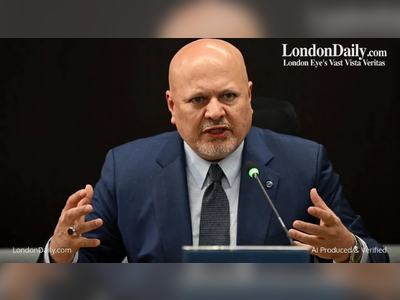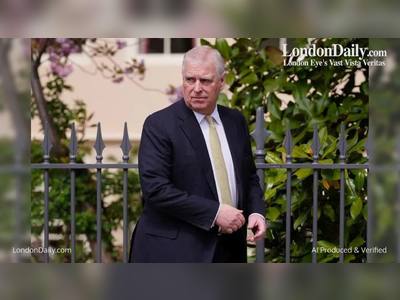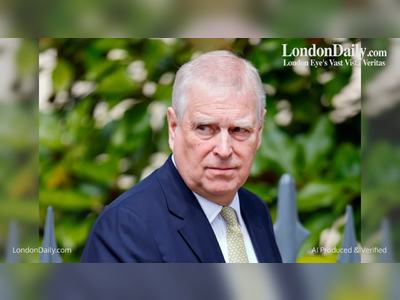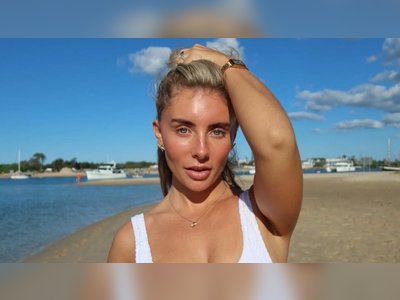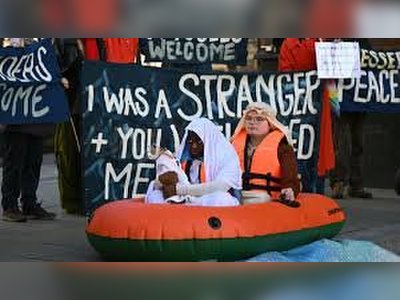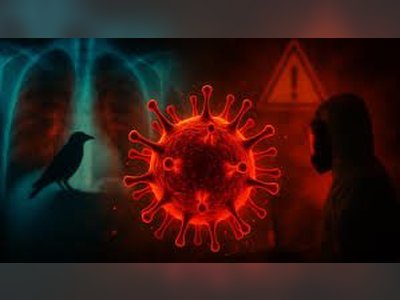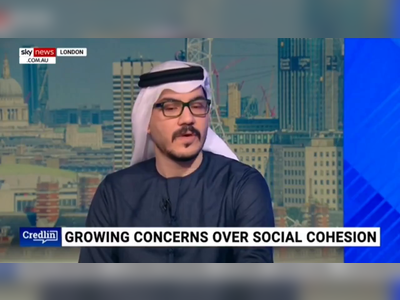
Turtle conservation project launched to combat threats discovered in BVI
This was revealed at the recent virtual launch of the project which is entitled, Sustaining Turtles, Environment, Economies, and Livelihoods (STEEL).
Project co-leader, Dr Shannon Gore outlined some of the key threats which will need addressing if the local turtle population is to be saved.
“We have a huge issue with marine pollution, of course plastics can be ingested by turtles. Here in the BVI, we have seen an increase in the monofilament line from fishers, even in the past couple months, we have seen fishing lines on some of the dive sites.”
“Water quality issues are also a huge problem because it will destroy habitats or destroy food sources for the turtles, such as the coral reefs and seagrass beds,” she added.
Influx in tumours
Dr Gore also said research recently led to the discovery that there is an influx of turtle fibropapilloma – a tumour disease.
“This is most likely caused by poor water quality and habitat degradation. It can be an emerging new issue that we might start seeing more and more and it can be a problem because fibropapilloma can be contagious to other turtles,” she warned.
Climate change and it toll
Also affecting local turtles is climate change, which Dr Gore outlined as one of the BVI’s biggest issues for a couple of different reasons.
“Sea level rise will cause beaches to narrow especially where there are large scale developments unless the beach is able to retreat inlands you might see less and less turtles nesting or losing their habitat,” she stated.
“The temperature of the sand also helps to determine the sex of a turtle, so if temperatures are rising most likely we are going to have more females which means they are not going to be able to reproduce because there’s not going to be as many males,” she added.
Dr Gore further said: “Habitat destruction such as the influx of sargassum is really starting to show up on some of the southern Caribbean islands and we do see it here quite often. It can destroy turtle nesting beaches or if the sargassum comes in afterwards the hatchlings are unable to run to sea.”
The issues of coastal development and bycatch were another two issues singled out.
In the meantime, the three-year turtle conservTION project will help in gaining a better understanding of the status of turtles using the Virgin Islands’ habitats, and foster improved local knowledge of turtle conservation.
Using the MCS’s ‘community voice method’ of engagement, the project will work with the community to develop legislativw recommendations and a conservation action plan to safeguard the Virgin Islands’ turtle populations for future generations.
